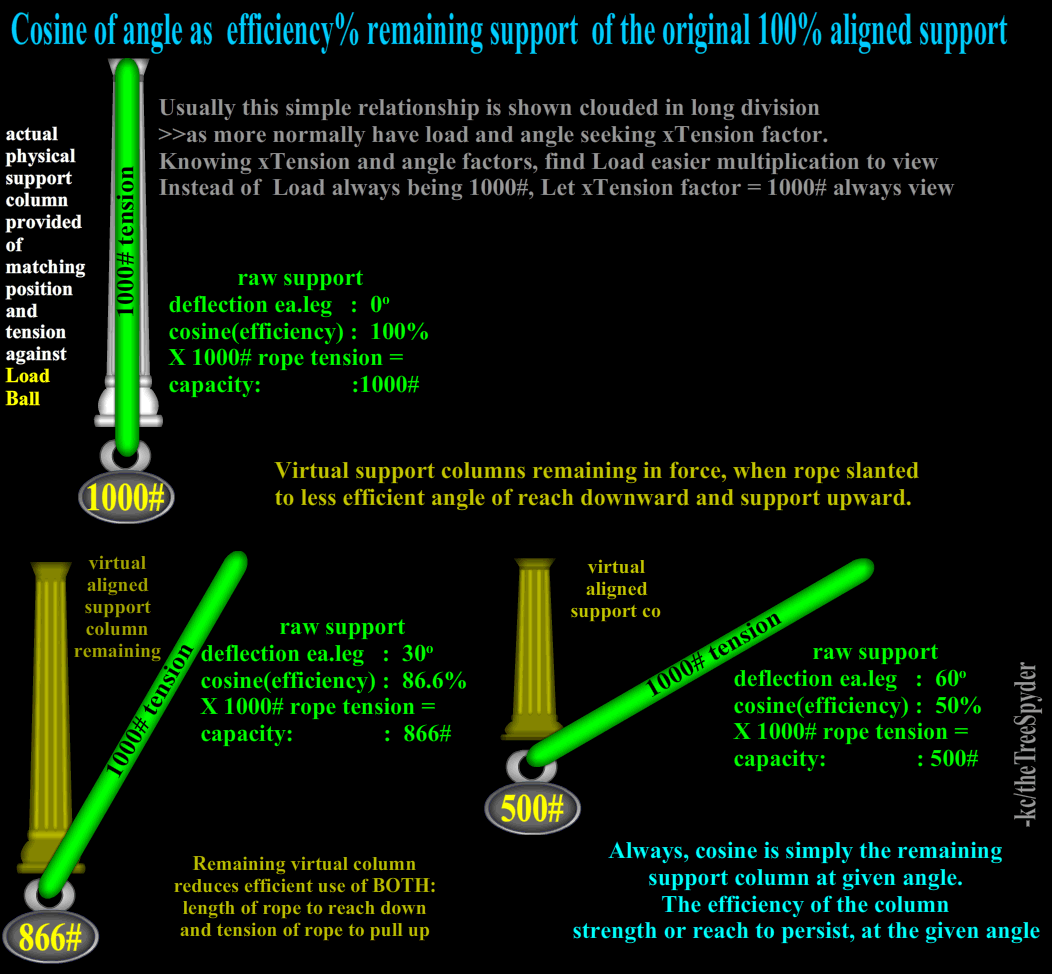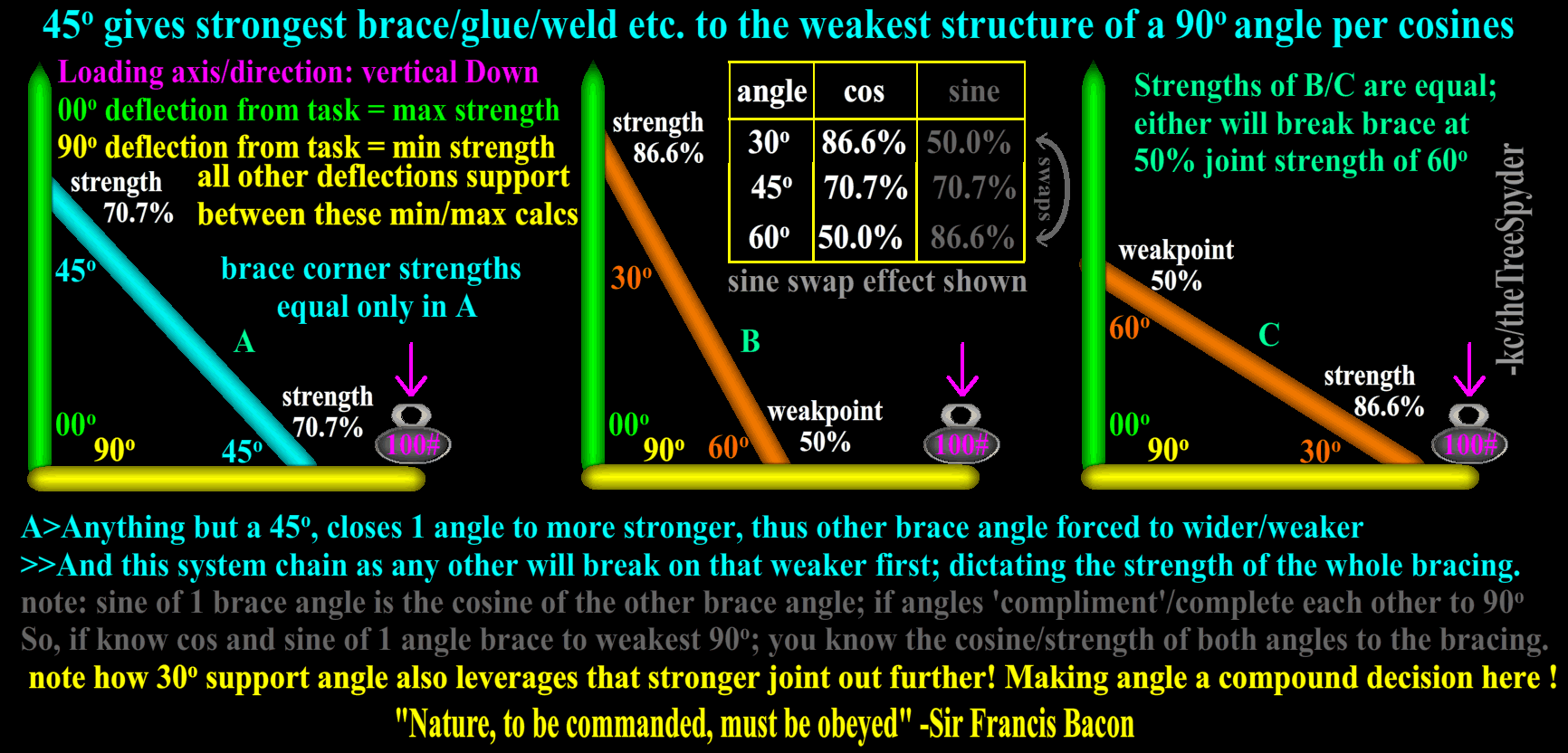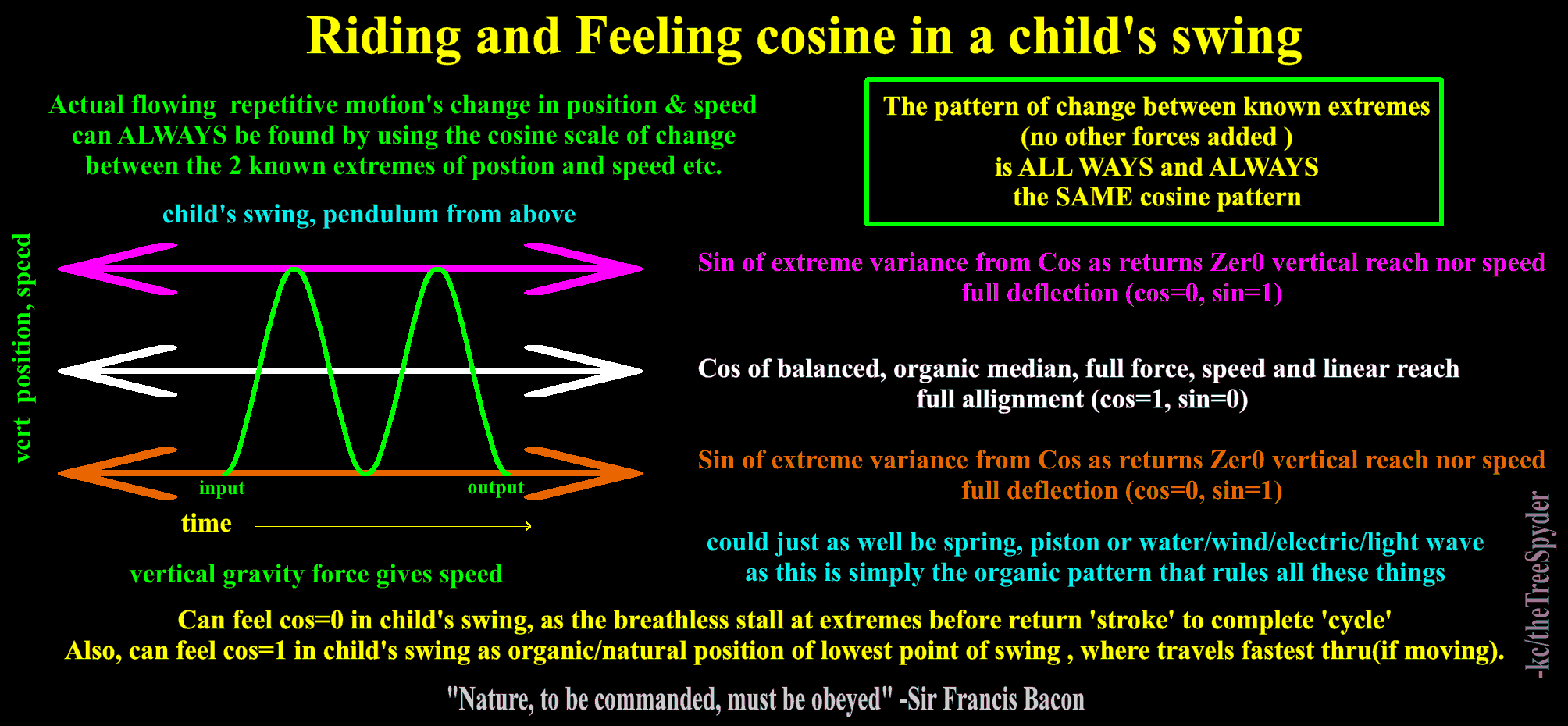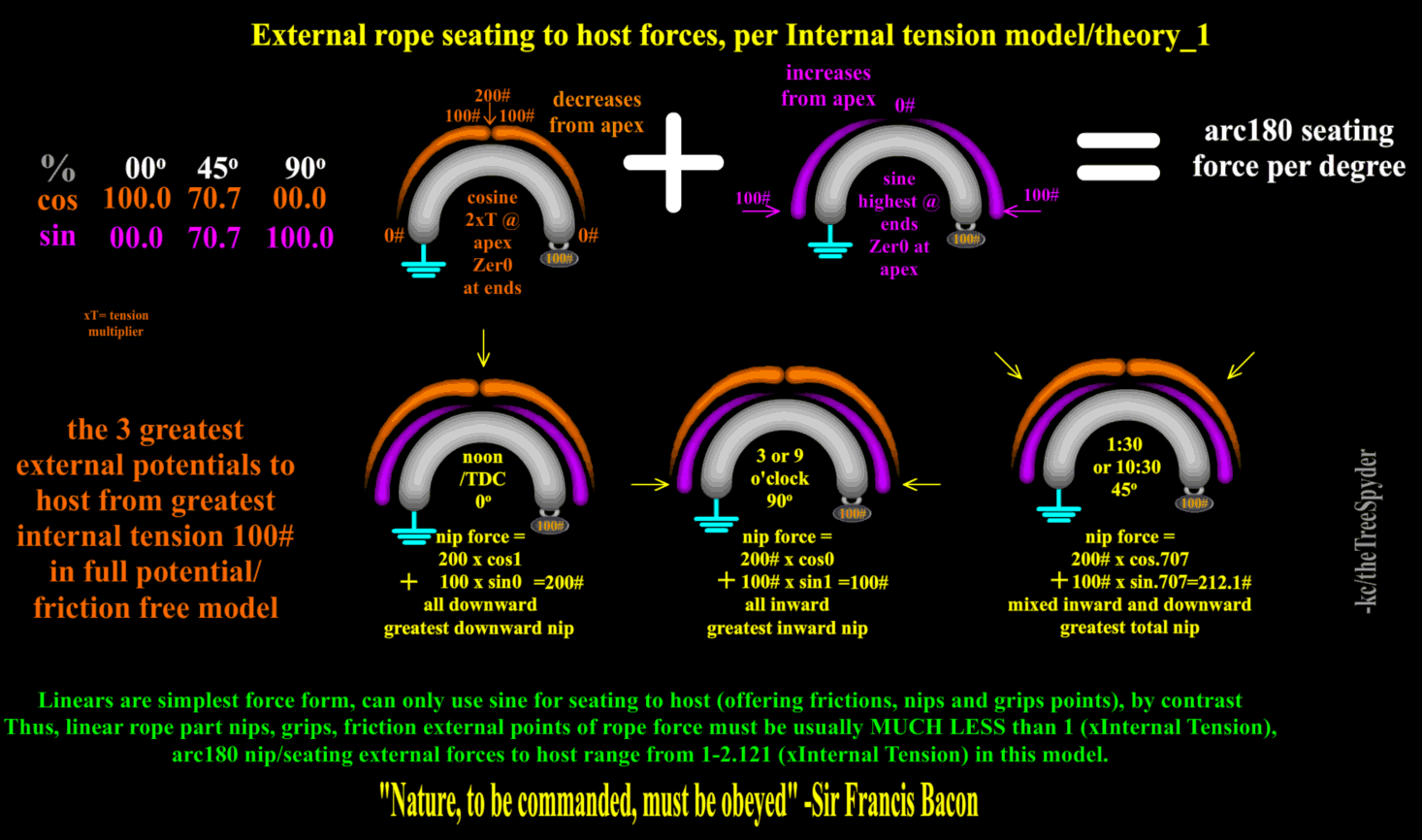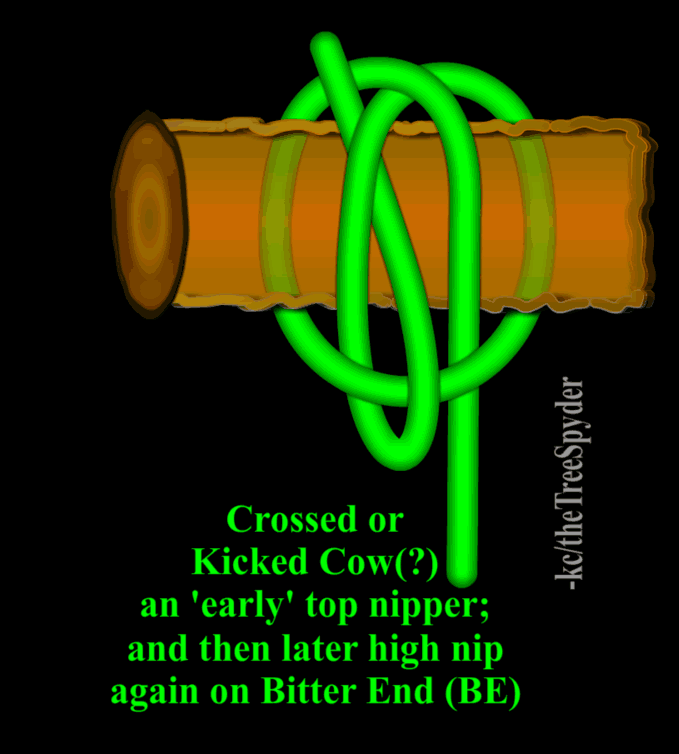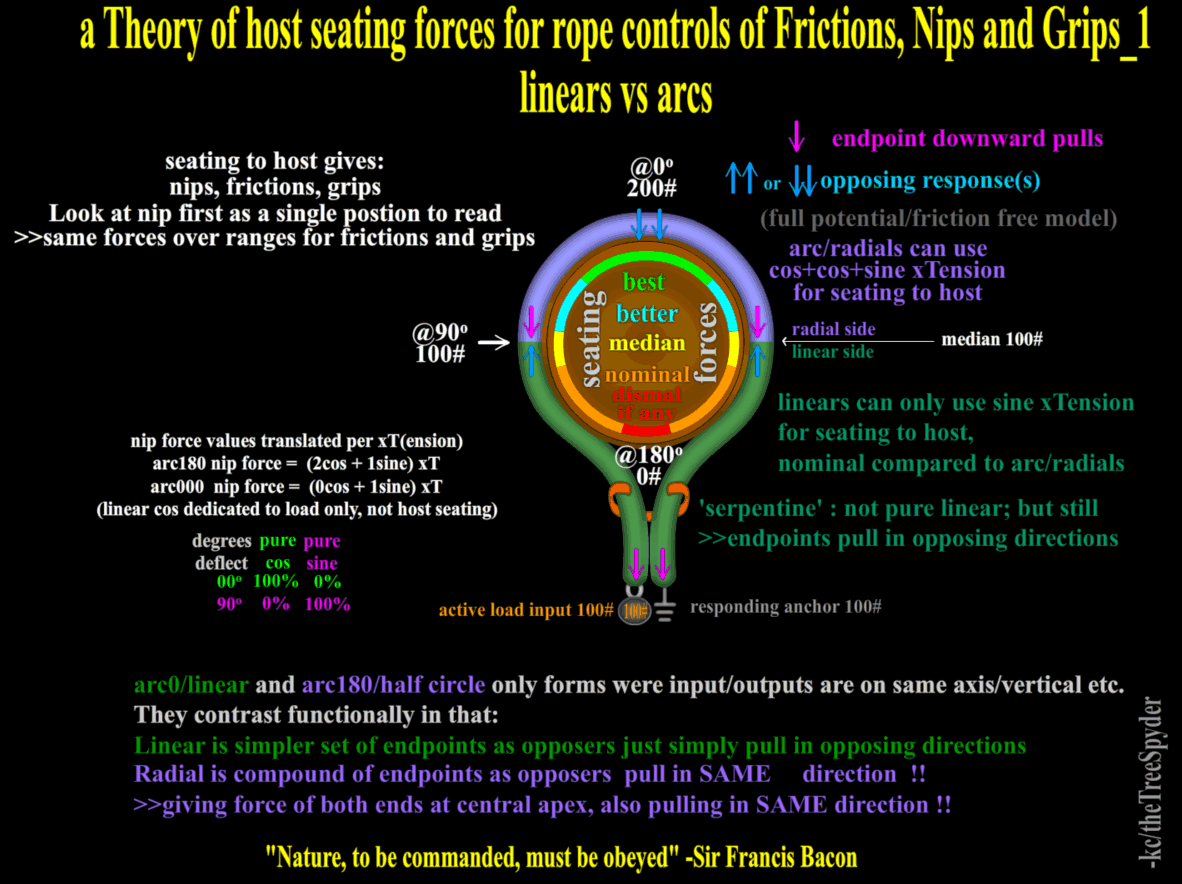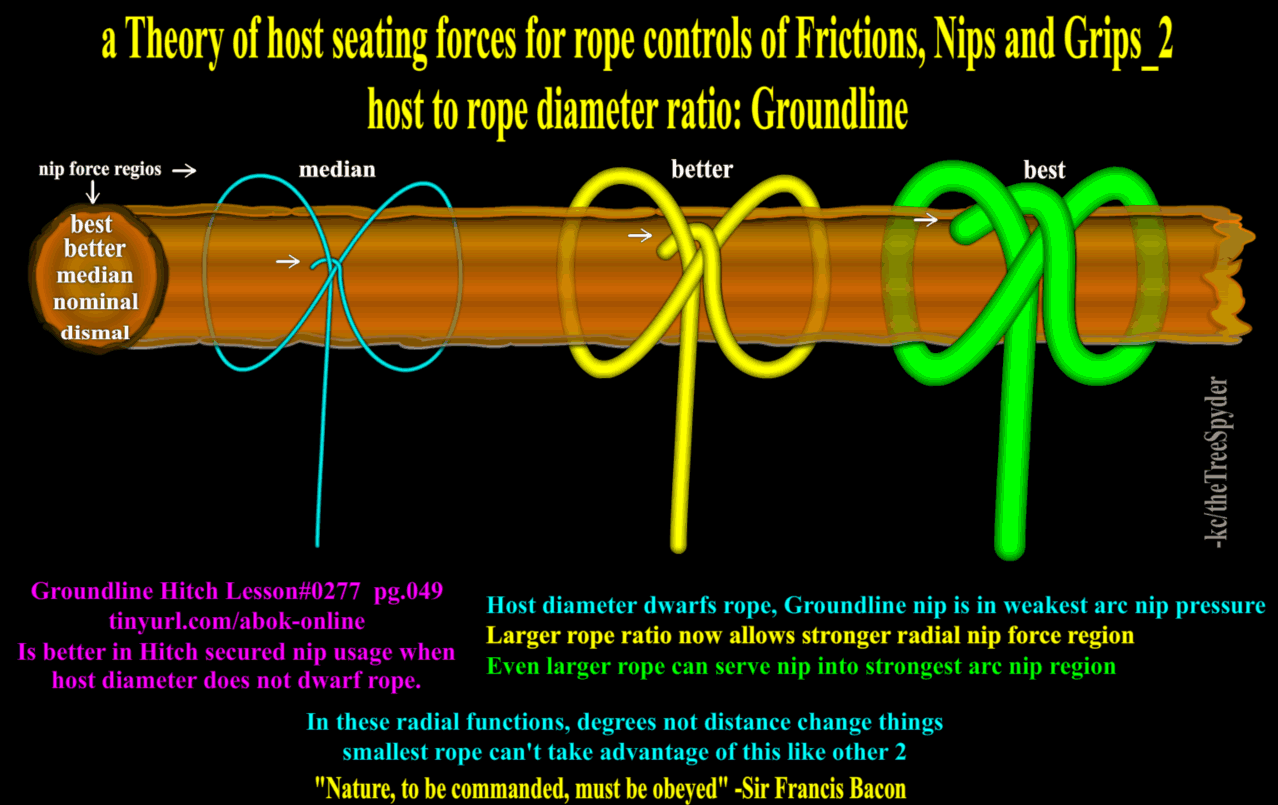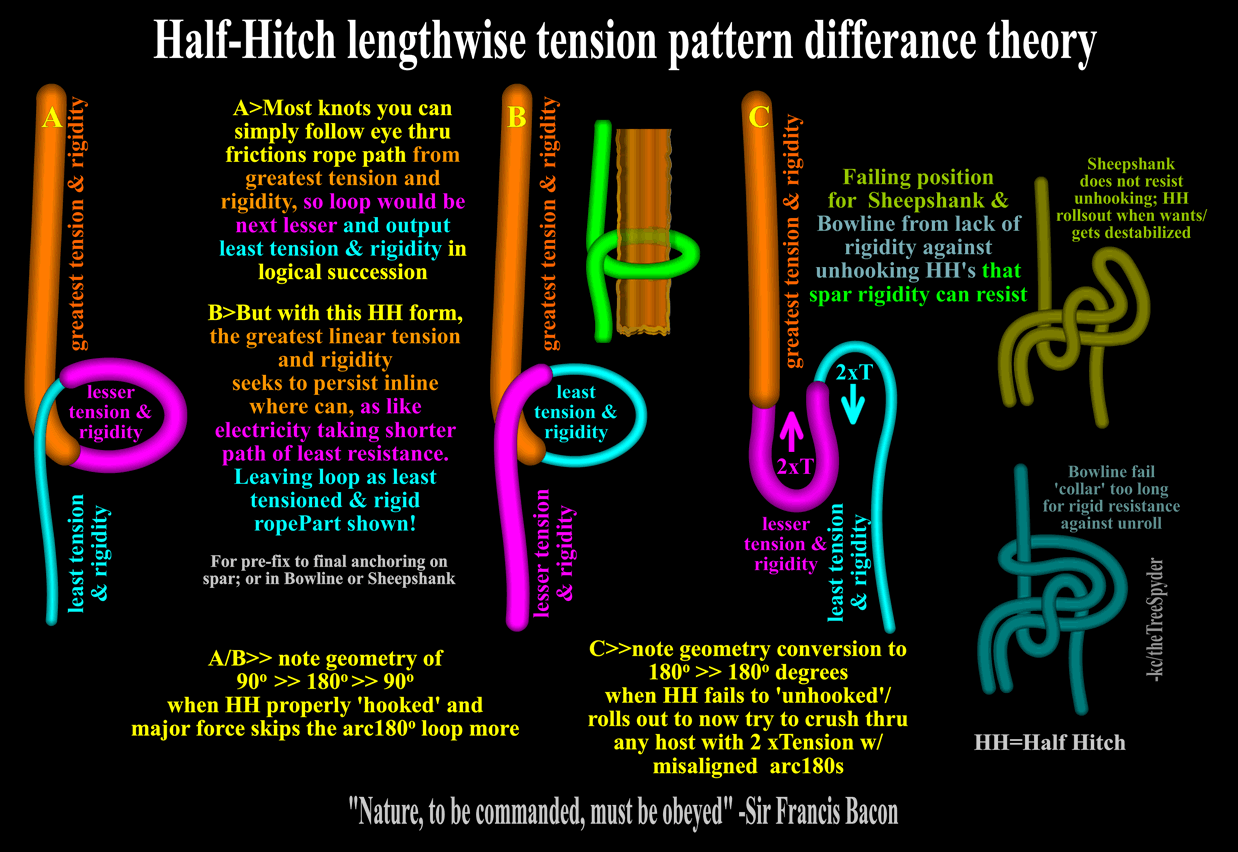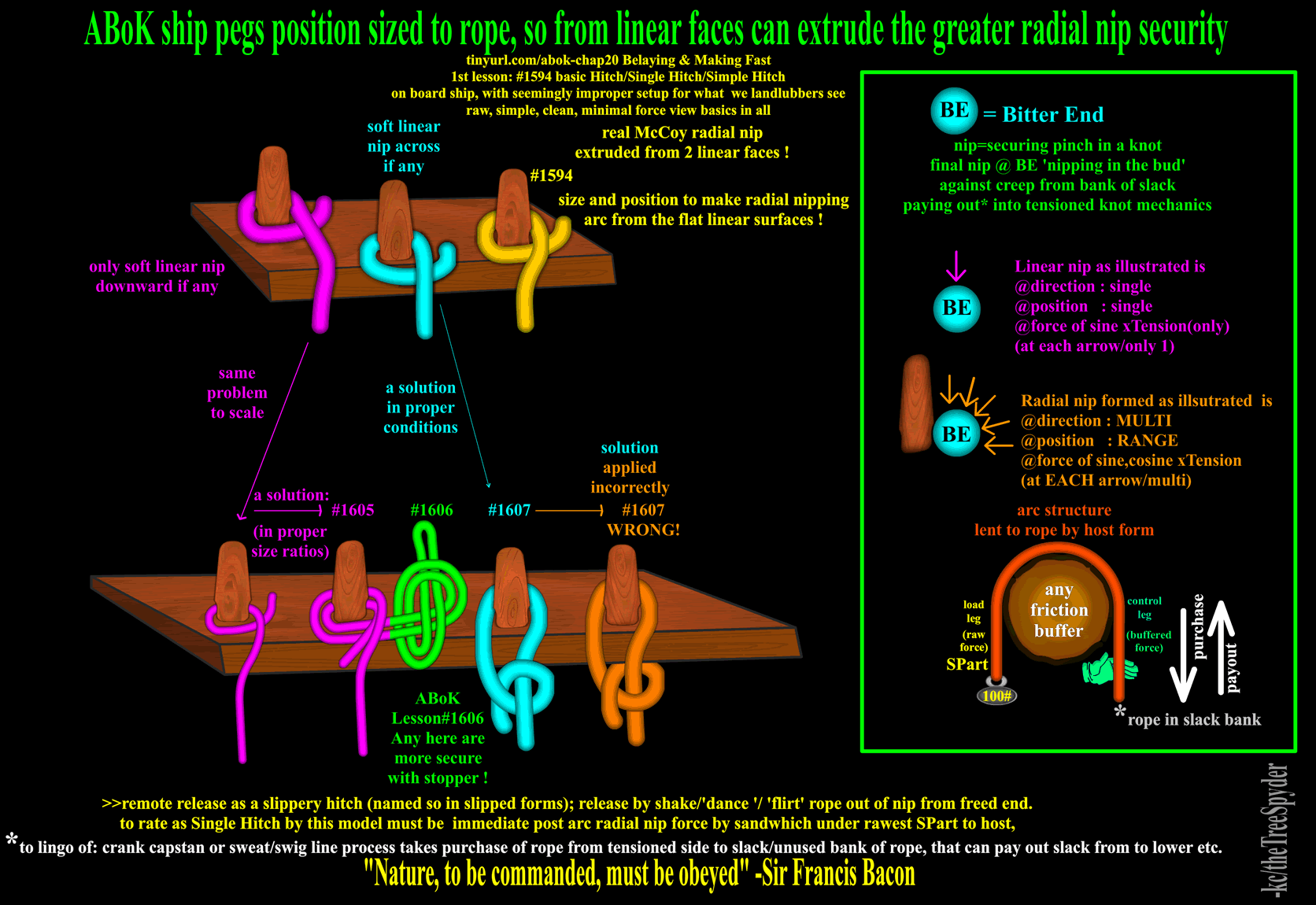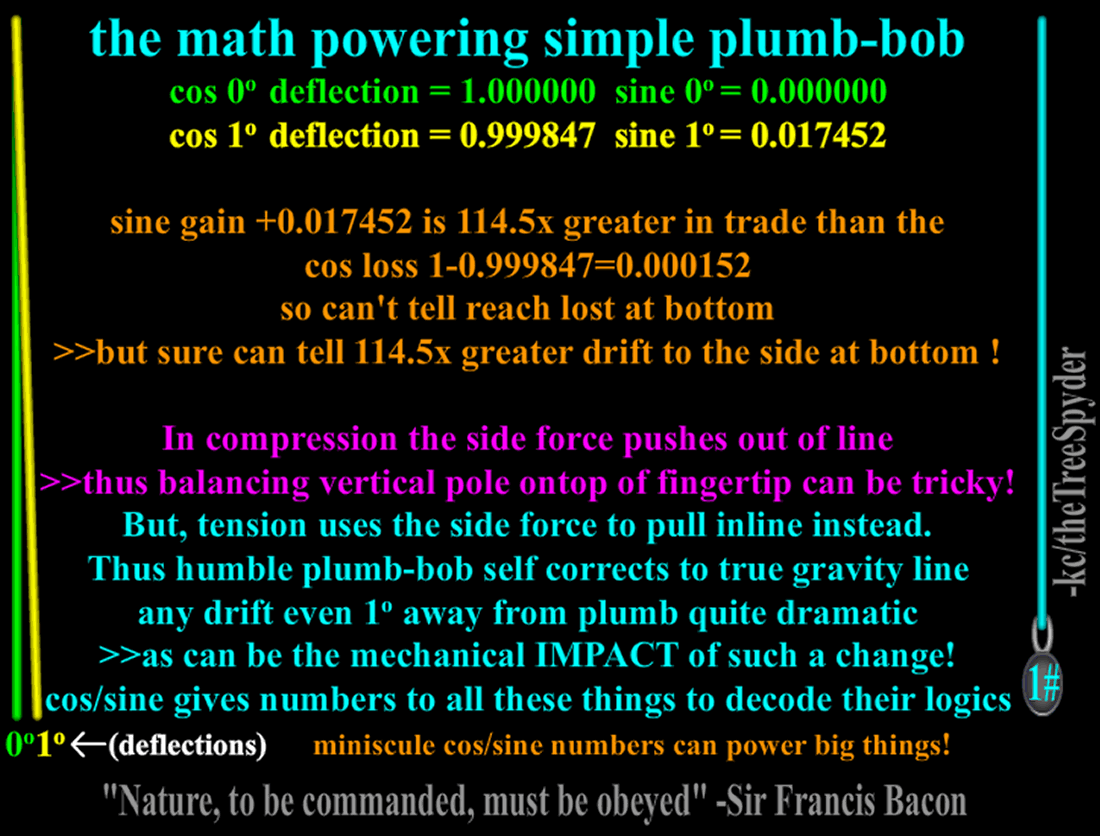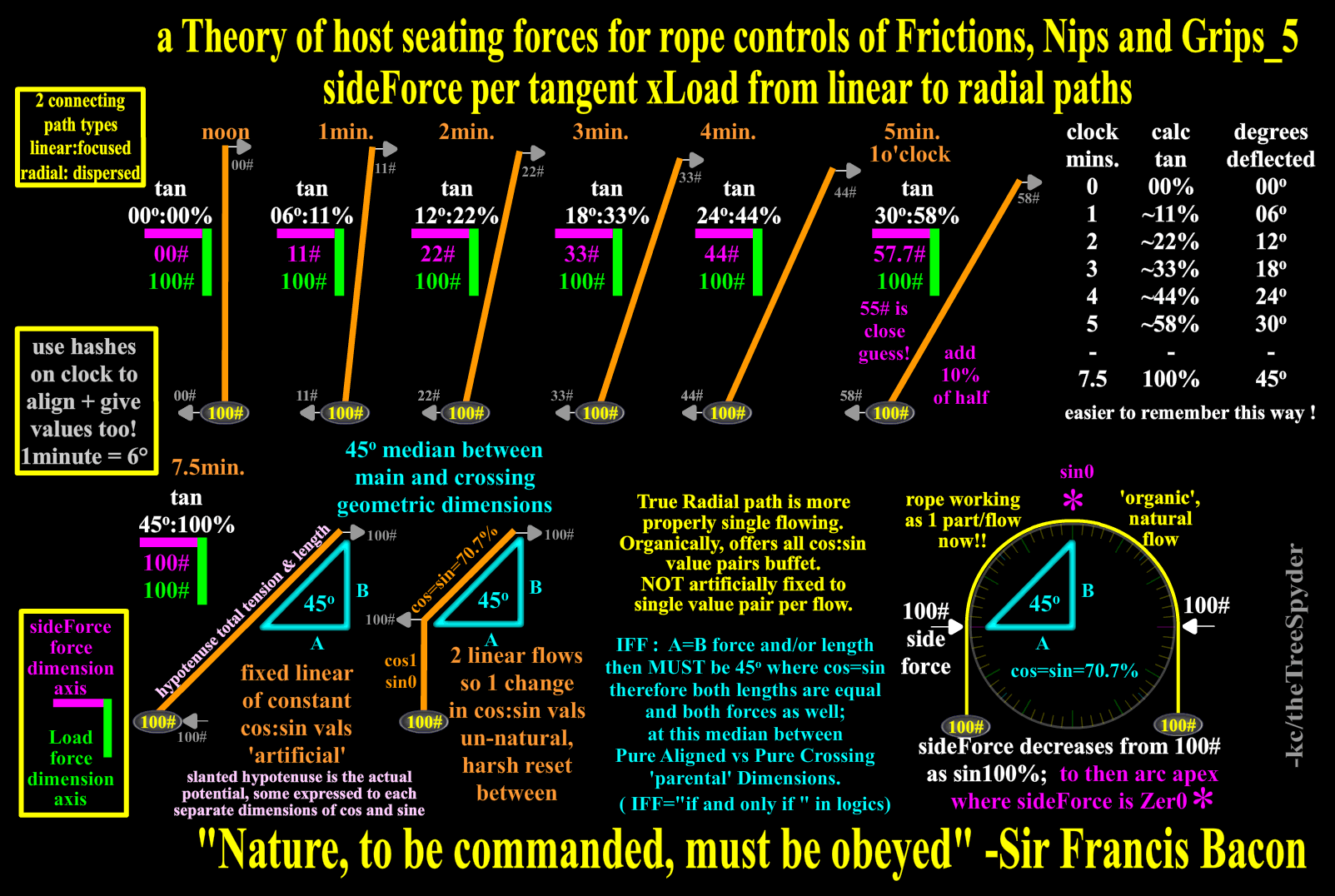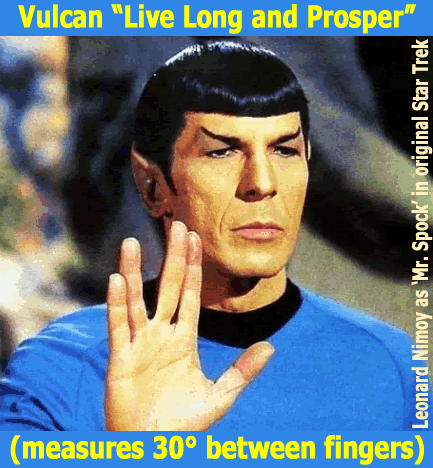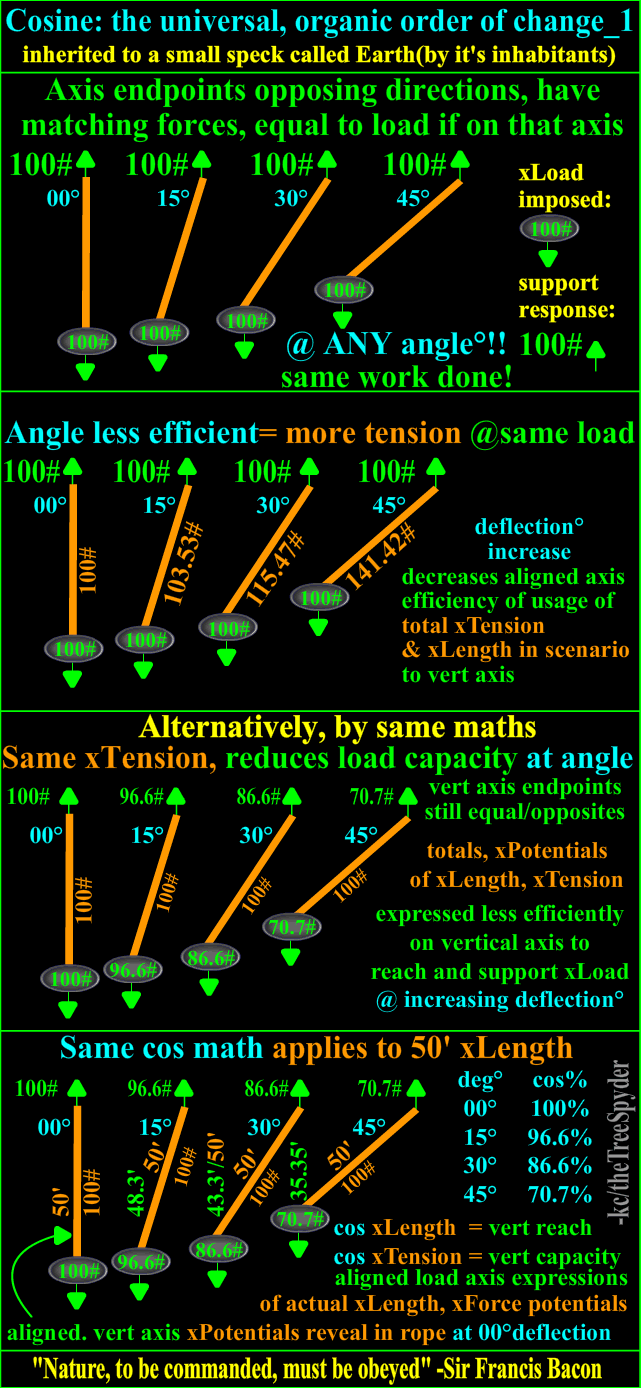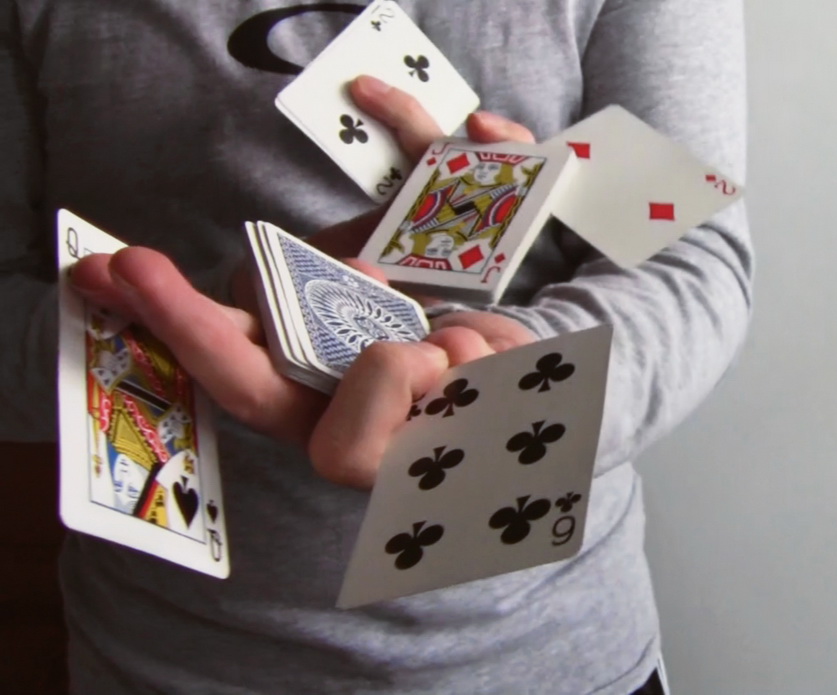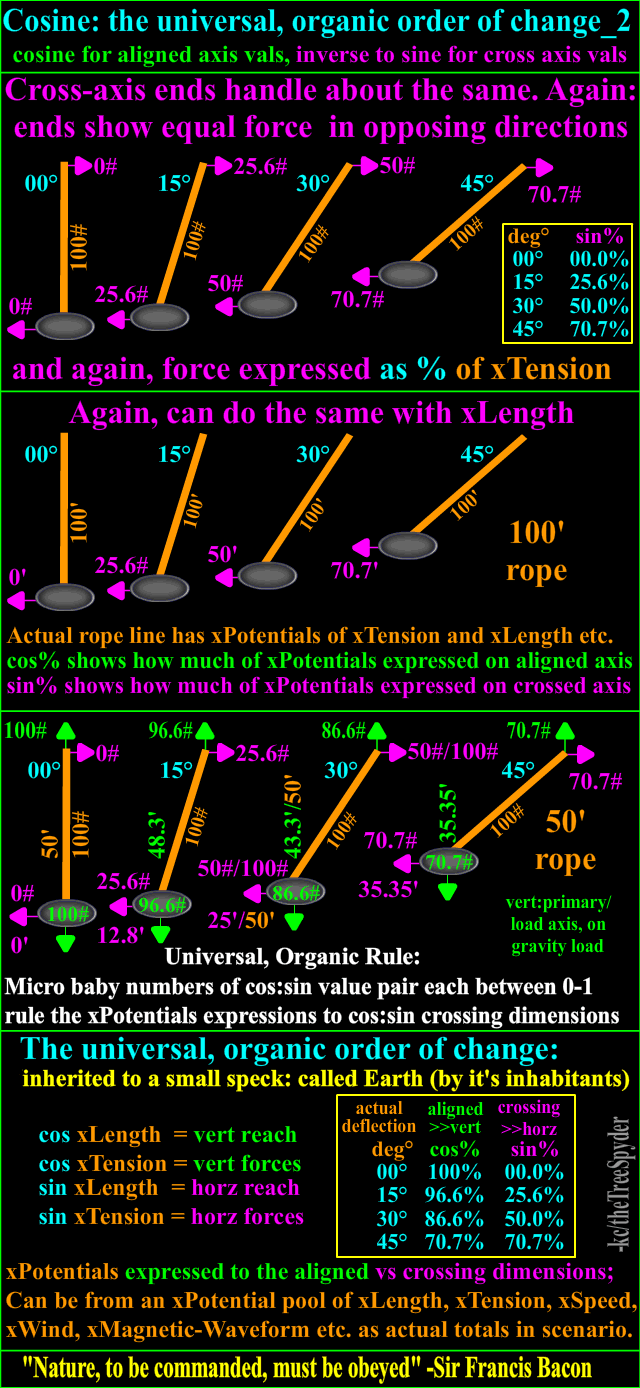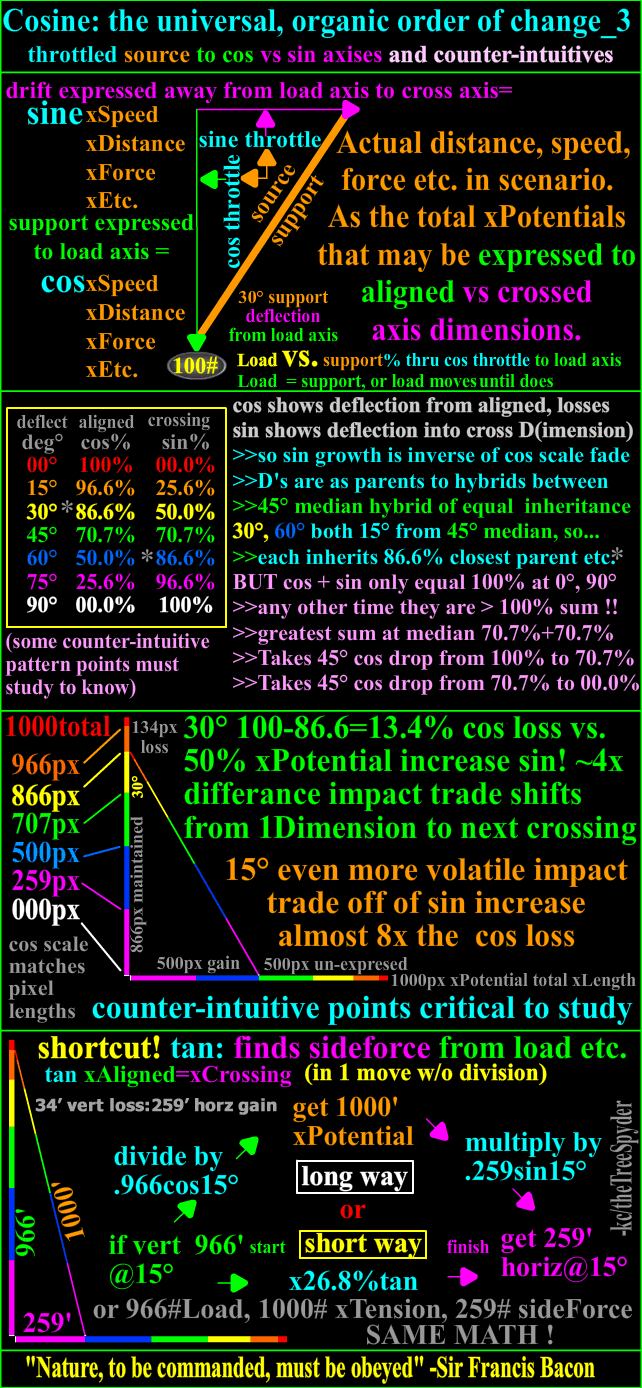Your're jest trying to make me blush Miss Virginia, ty;
But hold as by some creator command,
in the balance each are their own savant(means i can be big screwup other places perhaps).
.
This thread says cosine,
but sine is simply same pattern in reverse numbers and lateral deflection cross ways to cos.
from sine/deflection view perspective>>
Problem seems the cos/sine pattern of change hides in such plain sight*,
>>eye passes over easily what is so blandly buried in everything.
But virtual reality shows/sifts out back to us that if get the numbers of change wrong
>>eye (and even ear) discern vid/sound as fakey
>>and so does not draw you in so 'immersively' like part of action
It seems the deeper animal survival brain, that can't even count, can tell is fakey/off the numbers tho
>>not matching any known real experience, so not survival threat, so not immersive/emergency engagement,
>>observer feels more like detached observer; not tricked in thru this magic act thru eye perception
>>magician's for millenniums have been similarly fooling the eye pre-processor to brain!
.
To me, when even driving (especially motorcycle)can see/feel these numbers.
>>cos is at right angle in/out of truck seat & bumper of front/back directions as inline axis, sine is sideForce on curve across seat & bumper
>>1minute clock deflection from straight is 10% side force movement feel.
>>2min:20%, 3:30% up to 6mins. deflection:60% side force movement feel(fair rounding accuracy to 100ths).
Sometimes tune into the numbers feel so well find they even feel so very hauntingly correct as drive around arc and think aha(as also tuning senses and brain as drive to rigging job) !
Relate driving feel to numbers, easier to more innately see in other things from this feel i think
(trying to process by feel what eye can get wrong).
Rope arc is same to me, 1degree slice of rope core's direction axis can model as cos, and forces 90degrees to side jacket/mantle against host as sine. Just like now rope driving around arc (1 degree slice at a time)instead of truck.
.
Babylonians that gave us circle, degrees etc. gave us clock/calendar to show circle/cycles on; all in their base 60 math.
>>not sure of Babylonian's intention(find no pruf over decades of search), but numbers on clock like this for sine(found in highschool to get by multiple choice tests) simply work to decode on the fly down and dirty. No calculator, tables, sliderule, protractor, suit/tie, years of school, diploma, clean fingernails etc. needed to command; so can be anyone's.
.
sideForce direction in tension vs. sideForce direction in compression
When pull a trailer, it follows as obedient puppy, that can taunt into bear pushing it backwards tho.
As pull trailer(tension) it wants to pull inline with any side force given when not inline
>>as the tension direction is all ways and always self-correcting until no correction needed at inline
But backing a trailer is opposite of compression direction, so any side force when out of alignment
>>works then by oppositely to push then even more out of line, more self de-stabilizing to jack-knife lockup.
5minutes on clock(@30 degrees) deflection, the sideForce is 50%
>>so greater deflection is greater than 50% sideForce,
>>Larger than 50%(30degrees+, past 5 mins.) sideForce backing tends to overpower lesser than 50% rest of trailer
>> and carry lesser than 50% part with with the more major direction to the side too...to jack-knife lockup
The numbers simply stack against effort until overwhelming, the bear will win if pushed too far
>>numbers can shift real sharply when trailer axle short across or closer to hitch type geometries.
.
Most support fails are from the fast growth and impact of sine increase 10,20,30%... and so suddenly, not the loss of support column as cos drops(that is much less a loss/drop than sine growth especially initially). Cos loss only becomes greater than sine increase at midway 45 degrees/7.5mins(much usually happens before in support models). For this sine is the magician's other hand to watch for fail flags, as like trailer backing, plumb-bob etc.
Other/reverse strategy usages: same numbers become cosines on other end of scale w/this 'hack'.
>>like just can't slant 1,2minutes for real smoother ride over RR (or speed bump) as is only 10,20% softer crossing
>>now greater than 5mins/50%+ range is your friend for much softer crossing(vs. enemy when backing trailer) for now have 50% or more reduction in RR/speedbump crossing disruption! (still best to have tires squared to car/not pitched; when actually take RR/speed bump etc.)
*and counter-intuitively uneven force changes per increment, center 45degrees is not 50% and 50%cos is not found at same point as 50%sine but still equidistant from median 45 degrees etc.



